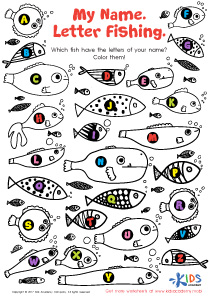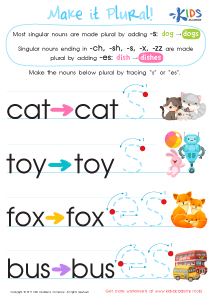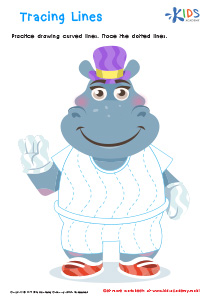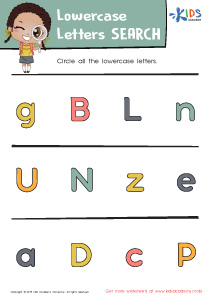Easy Upper & Lowercase Letters Worksheets for Ages 6-9
6 filtered results
-
From - To
Unlock the world of reading and writing for your child with our "Easy Upper & Lowercase Letters Worksheets for Ages 6-9"! Specially designed to make learning fun, these worksheets help kids master letter recognition and formation. With engaging activities, colorful illustrations, and simple instructions, children will enjoy practicing both uppercase and lowercase letters. Perfect for both classroom and home use, these printable sheets support your child's literacy journey, building strong foundations in grammar and phonics. Give your young learners the tools they need to succeed with our user-friendly and versatile resources!
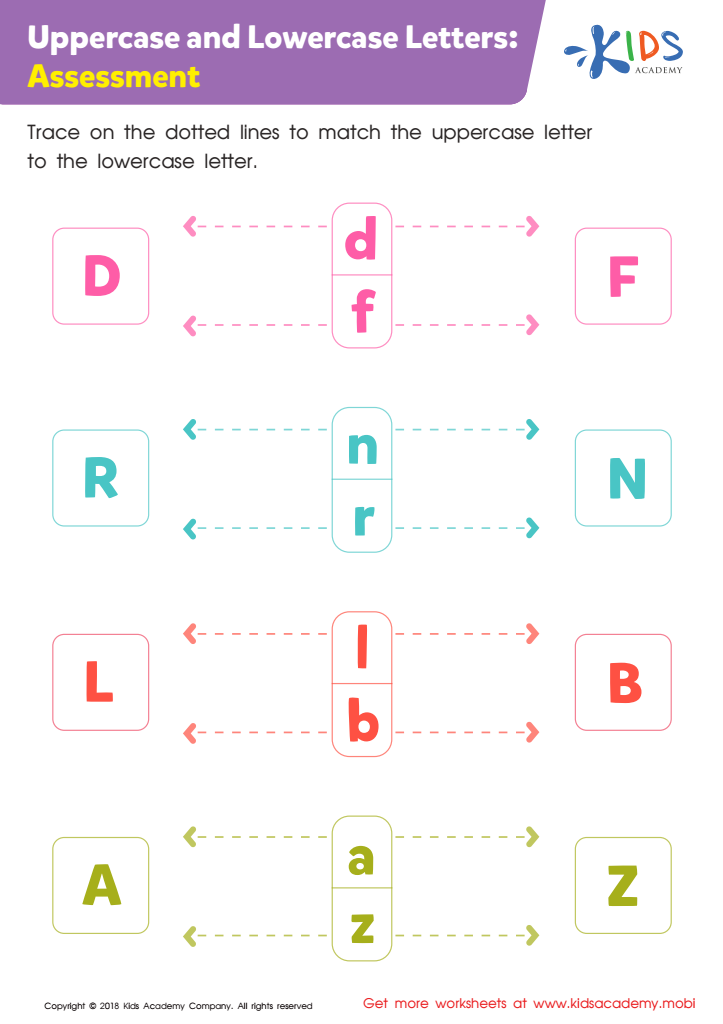

Uppercase and Lowercase Letters: Assessment Worksheet
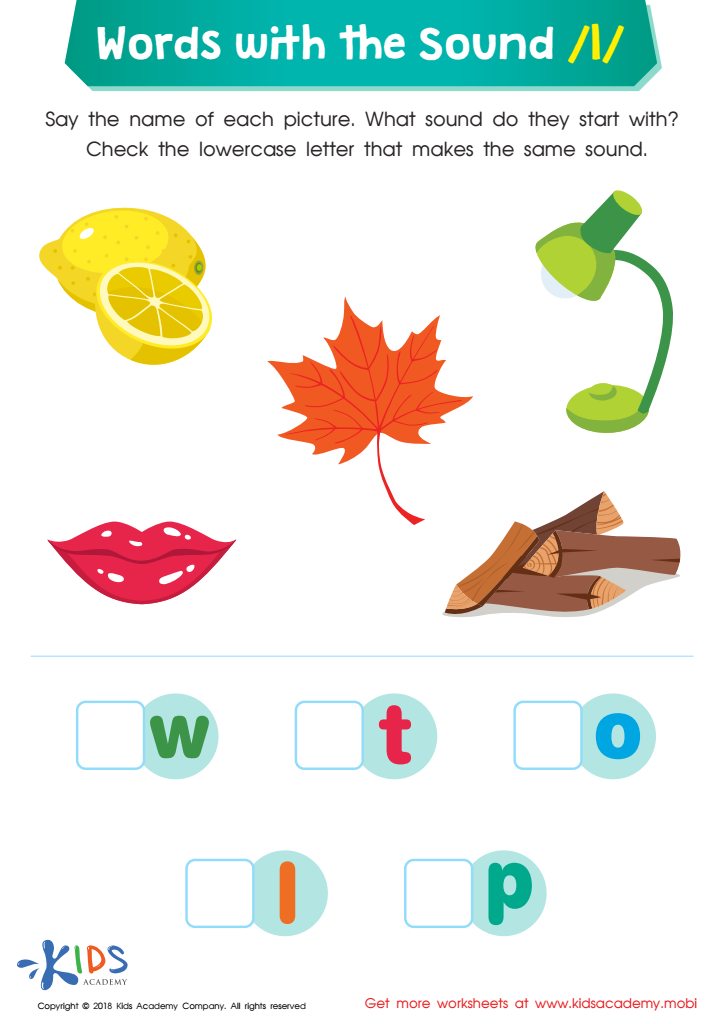

Words with Sound L Reading Worksheet
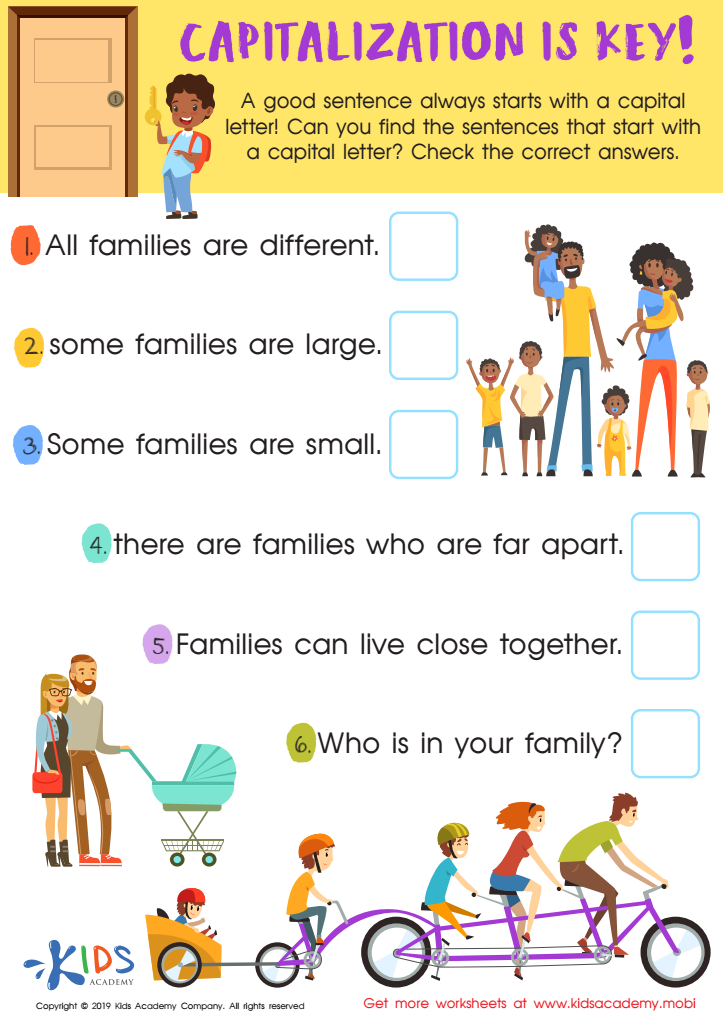

Capitalization Key Worksheet
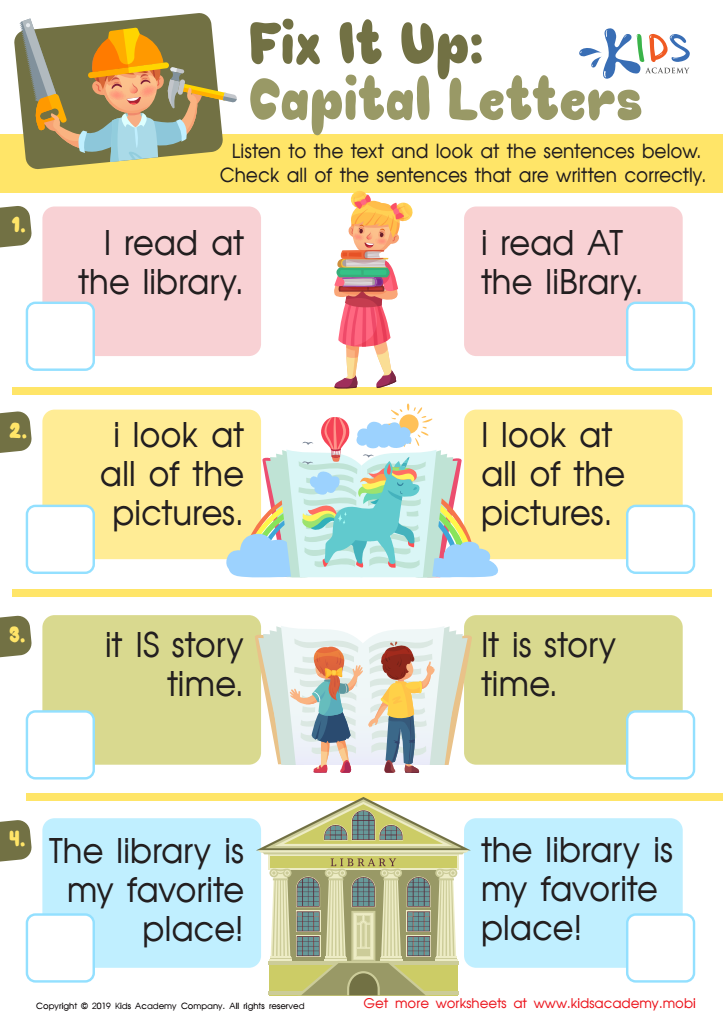

Fix Capital Letters Worksheet
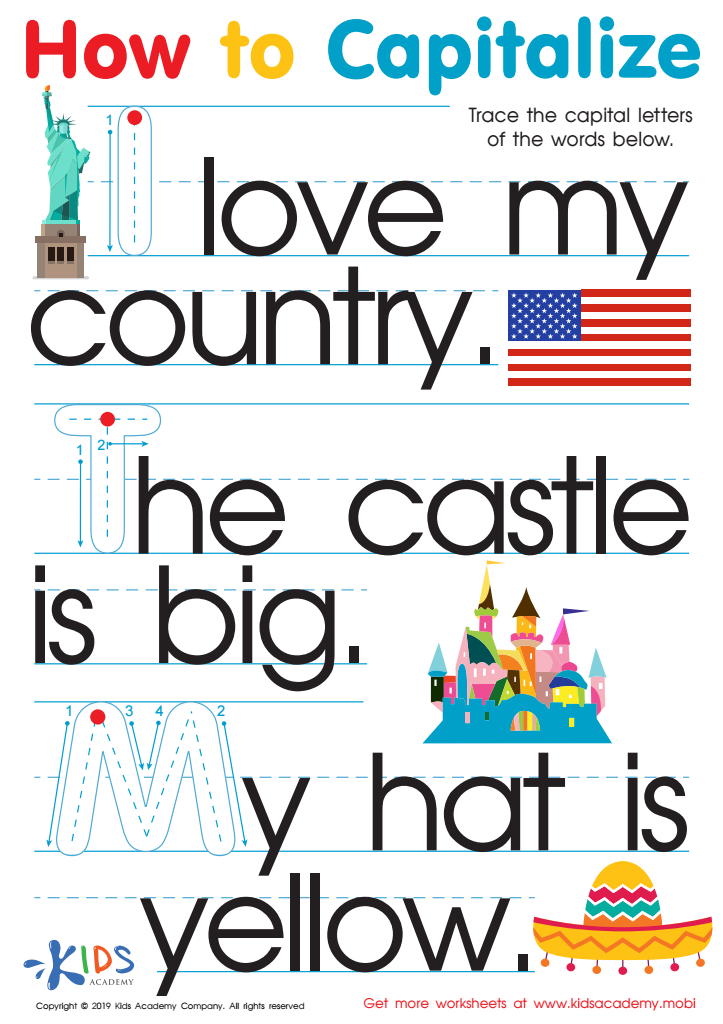

How to Capitalize Worksheet
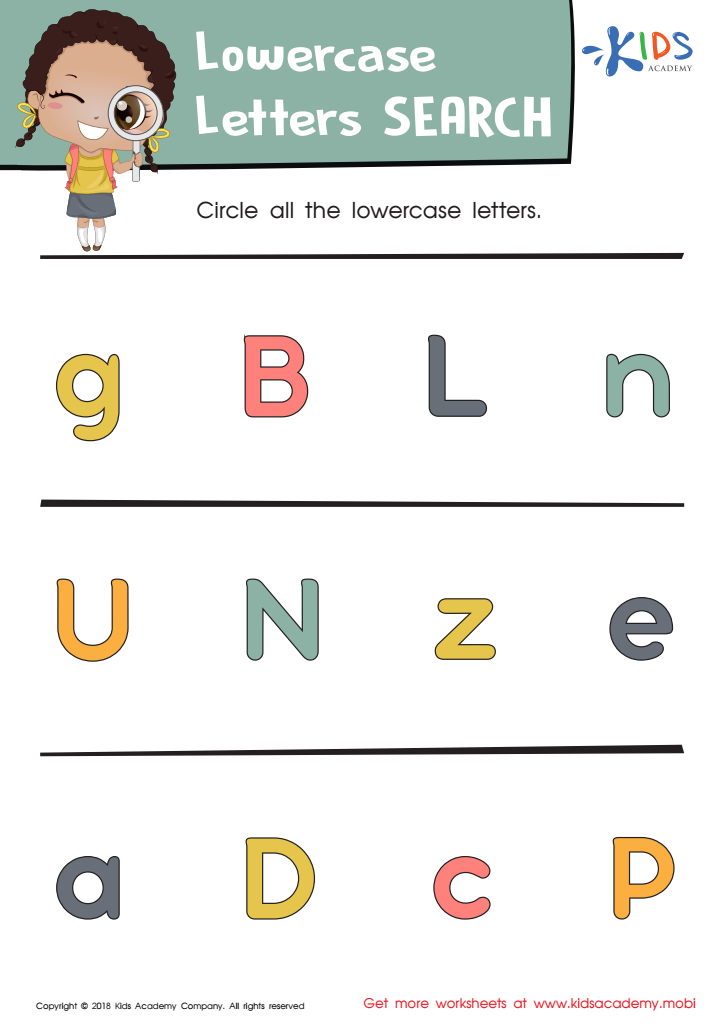

Lowercase Letters Search: Assessment Worksheet
Understanding upper and lowercase letters is crucial for children aged 6-9 because it lays the foundation for proficient reading and writing skills. At this formative age, kids are transitioning from recognizing individual letters to forming words and comprehending sentences. Grasping the distinctions between uppercase and lowercase letters aids in this transition by enhancing their ability to read fluently.
Consistent exposure to both versions of each letter allows children to identify words correctly. For example, words in a story may start with a capital letter but continue with lowercase letters. Familiarity with this concept helps children to read whole sentences smoothly, avoiding confusion that could disrupt comprehension. Furthermore, distinguishing between the two forms supports correct punctuation usage as they start writing.
From a developmental perspective, mastering this aspect of literacy boosts a child’s confidence, encouraging a positive attitude towards learning. Additionally, proficiency in recognizing and using both uppercase and lowercase letters supports better communication skills, spelling accuracy, and academic performance in the future.
Therefore, parents and teachers should prioritize teaching and reinforcing these concepts in engaging and interactive ways, ensuring that learning is a fun and productive experience for young minds. This investment will cultivate lifelong literacy skills essential for academic pursuits and everyday communication.
 Assign to My Students
Assign to My Students






